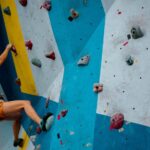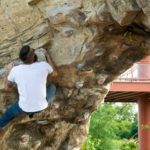Rock climbing, like most sports, requires power as well as endurance. However, many amateur climbers usually focus on bouldering or rope climbing which leads to a skewed endurance to power ratio. As Steve Bechtel, an avid climber and a coach puts it,
“Of all the facets of training for climbing, I think training for endurance is the most controversial and misunderstood.”
Most experts agree that using a hangboard is the best way to develop finger strength and bouldering in an indoor gym helps climbers gain power but what about building muscle endurance. Unfortunately, there are very conflicting and confusing answers to this question. From running to interval climbing to top rope laps at the end of climbing, everything is suggested for endurance building.
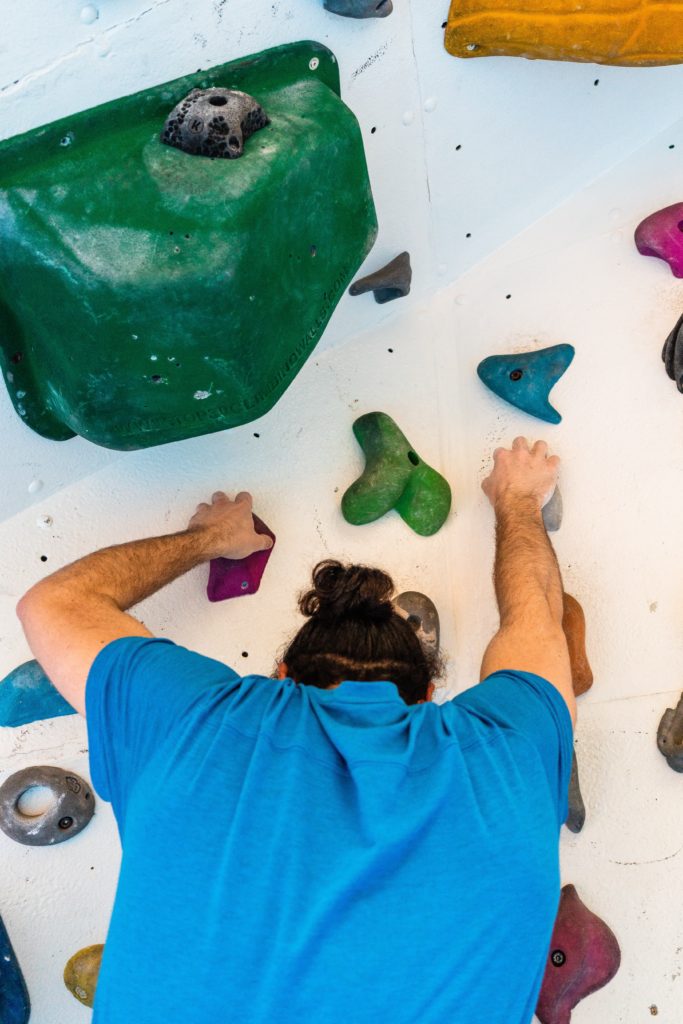
The most common method that most climbers employ is going through the same climbing route again and again in hopes that their muscles and their body will somehow be able to handle it better next time. This method of endurance is impractical and not to mention super boring. There are other better methods of building endurance. However, before moving on to developing muscle endurance there are three things you need to work on. These are:
- Develop better technique: Redpointing is the best way to do it. Bechtel advises climbers to repoint almost 10 to 15 routes of each grade without advancing unless they perfect it. Another way to build a good technique is by comparing how you climb to how other climbers climb the same or similar routes. You can find plenty of videos on YouTube.
- Develop ample strength: strength leads to endurance in every sport. This includes developing finger strength, handgrip strength, as well as core strength.
- Build more power: Power is a persistent factor. By maximizing power, developing muscular endurance will be way easier.
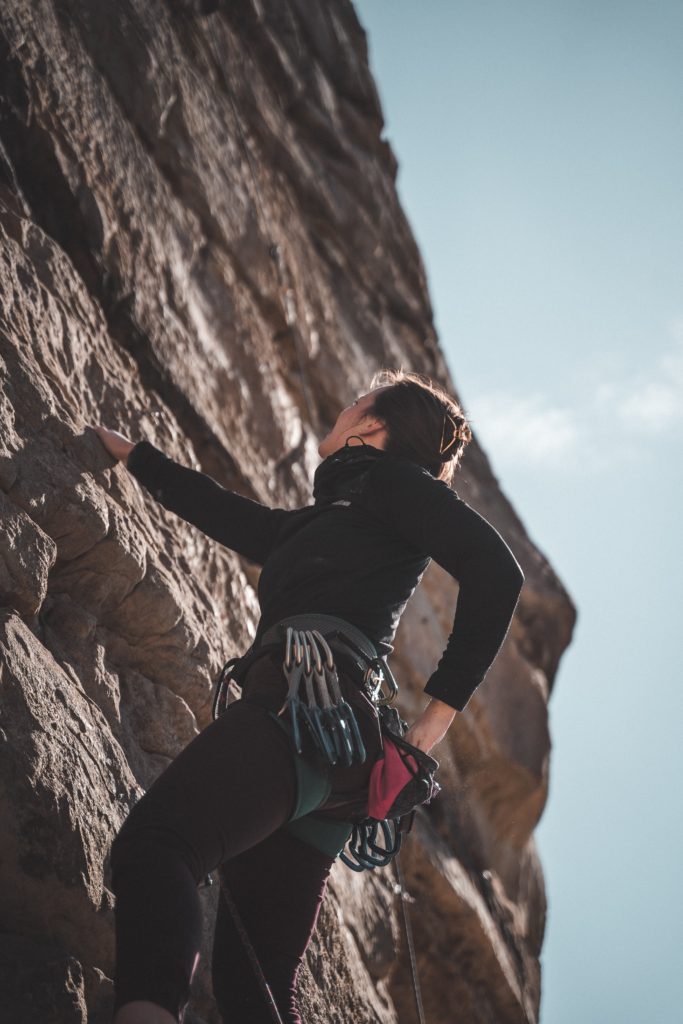
As mentioned in one of our previous blogs the science behind training for climbing is still in its infancy. Hence, there is still a lot of confusion when it comes to developing a fail-proof training routine for climbers. There are many schools of thought when it comes to developing endurance for climbing. However, one thing that most sports scientists agree upon is that climbing is not like running or cycling. This means sticking to one route long enough will not help you develop the endurance you are looking for.
Some of the things that you can do to improve your climbing stamina and build endurance are:
Use rest stances in your climbing
According to Steph Davis, pro-climber and base jumper,
“The key to having better endurance is being able to recover while on the climb. Rather than looking at a pitch as one long stretch of climbing, start looking at it as different sections broken by rest-able stances.”
Davis suggests that before you leave the ground, take a good look at the route and set your eyes on areas with bigger foot stances where you can rest. Predicting these rest stances beforehand will help you regain your stamina for a short time and you will need to climb hard for a short section before you can reach a recovery place. Breaking up a route into many small sections will help you climb better as compared to jumping into a long stretch of an endurance test.

Fingerboard moving hangs
Most hangboarding exercise routines and hangboard training include dead hangs which are great for developing finger, wrist, and handgrip strength.
However, if you are looking to develop muscle stamina and endurance along with finger and wrist strength, according to a rock-climbing coach Alex Biale, you should “Induce a pump while building finger strength.”
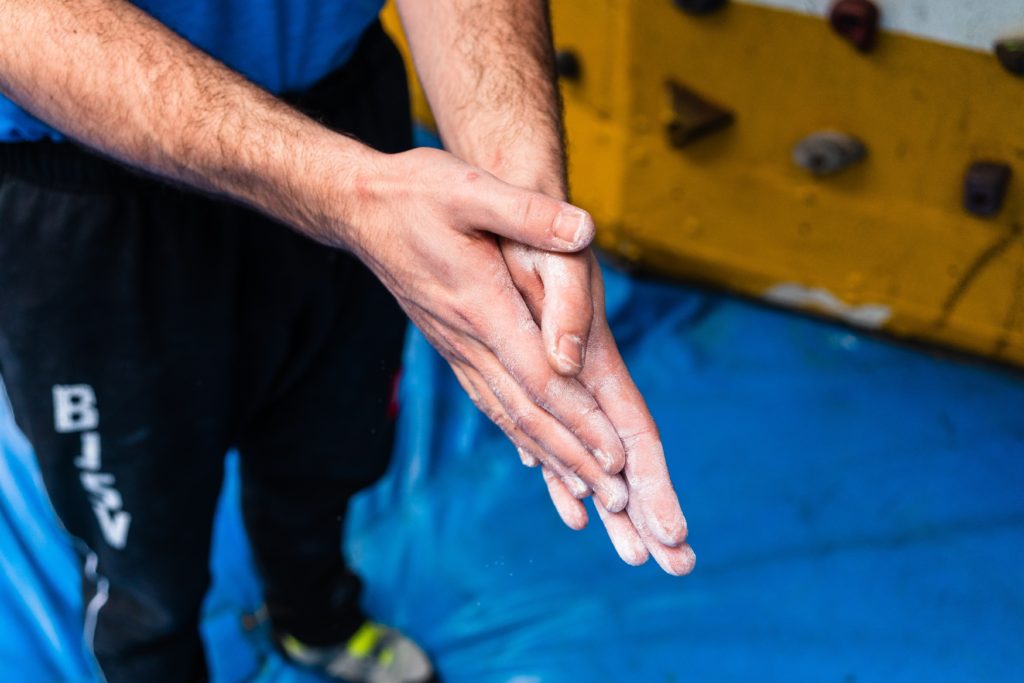
The best way to do this is via moving hangs which basically involves working your hands around the fingerboard and creating a pattern. Move one hand at a time for several minutes and especially include the holds that exploit your weakness. For most climbers, these are slopers or pinches. Just to make it feel more like climbing, you can also install a few foot jibs or wooden beams below the hangboard. It is one of the best ways to amp up your stamina even if you cannot go to the gym.
Make sure you begin with comfortable holds like large jugs and make your way to the difficult ones. Try to hold each hand position for three to five seconds.
Frenchies
Another exercise to develop core and forearm strength and improve your endurance to power ratio is by using a wall-mounted or portable hangboard as a pull-up bar. Start from a comfortable hang and pull up your chest to the apex and hold yourself there for three to five seconds. If you cannot do this exercise on the hangboard, start with a pull-up bar and work your way to the hangboard.
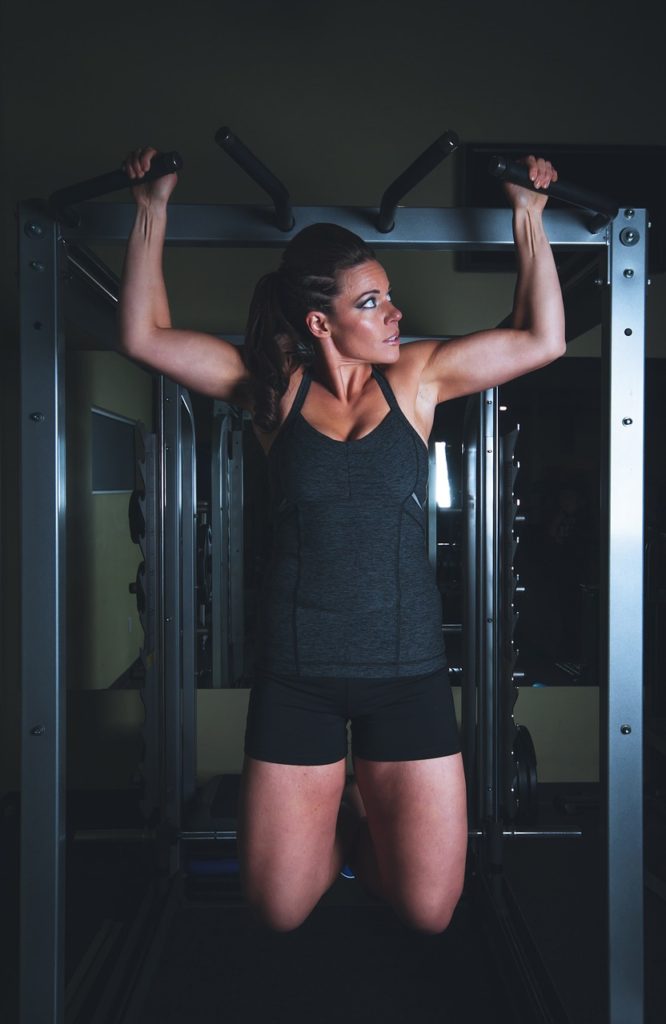
Frenchies are considered as an advanced stage endurance building exercise and usually consist of three steps.
- Pull yourself up so that your hands touch your chest.
- Lower yourself down to straight arms and immediately pull up to halfway such that your arms make a 90-degree angle.
- Lower yourself to the bottom and immediately move to the next cycle of Frenchies.
Your aim should be to complete five cycles per workout.
Wrapping it up
Power endurance is critical when it comes to successfully completing higher grade climbing routes. However, it cannot be achieved without developing the perfect technique and enough strength. At this point, it is imperative to understand that it is extremely easy to overdo exercises and routines that develop stamina. This will only result in permanent injuries that will render you incapable of climbing for a long time.
It is better to keep things simple at the start and work your way to complicated training regimes. If you are just starting your endurance training, for a couple of months limit your bouldering to twice a week and do extensive endurance twice a week. after 8 to 10 weeks of training, you can add more sessions to your weekly workout. Slowly and gradually tune your training sessions to the angle, duration, moves, and hold types of the route you are redpointing or are planning to redpoint.




